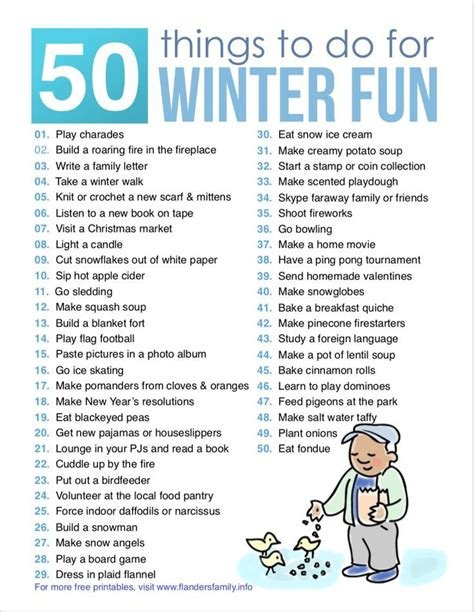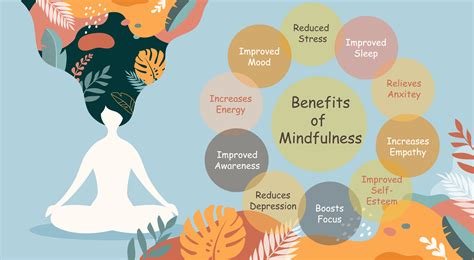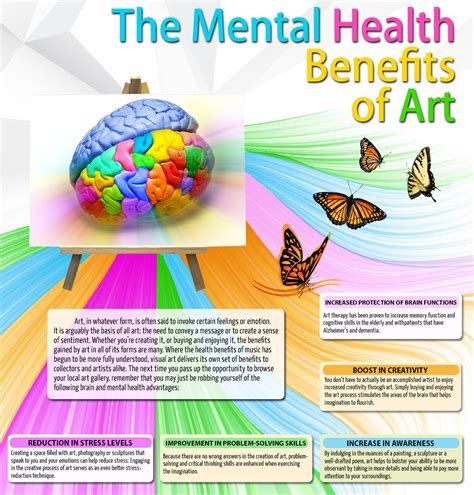The Art of Creative Writing: Tips for Harnessing Your Imagination
Are you an aspiring writer looking to unlock your creative potential and take your storytelling skills to the next level? Look no further! In this blog post, we’ll discuss the art of creative writing and provide valuable tips for harnessing your imagination. Whether you’re a seasoned novelist or just starting out, finding inspiration in everyday life can be the key to creating compelling characters and crafting vivid settings that truly come to life on the page. We’ll also delve into the art of storytelling techniques and discuss how to use dialogue to enhance your narrative. And of course, no great story is complete without polished prose that leaves a lasting impact on your readers. So, if you’re ready to elevate your writing to new heights, keep reading for invaluable tips and tricks to help you master the art of creative writing.
Unlocking your creative potential
Unlocking your creative potential is not always an easy task. It involves tapping into your innermost thoughts and feelings, and allowing yourself to express them in a unique and innovative way. Many people struggle with this, as they feel they are not creative or talented enough to bring their ideas to life. But the truth is, creativity is not a trait that only a select few possess. It is a skill that can be developed and nurtured over time.
One way to unlock your creative potential is to give yourself permission to take risks and make mistakes. Oftentimes, we hold ourselves back because we are afraid of failure or rejection. But in order to truly tap into your creative side, you must be willing to step outside of your comfort zone and explore new ideas and perspectives.
Another important aspect of unlocking your creative potential is to surround yourself with inspiration. This can come in many forms – from the people you interact with, to the books you read, to the places you visit. By exposing yourself to new experiences and ideas, you can fuel your own creativity and find the inspiration you need to bring your ideas to life.
Ultimately, unlocking your creative potential is about giving yourself the space and freedom to explore your own thoughts and ideas. It is about embracing the unique perspective that only you can bring to the table, and being open to the possibilities that come with it.
Finding inspiration in everyday life
Everyday life is full of opportunities for inspiration, creativity, and new ideas. From the mundane tasks we all have to do, to the people we interact with, and the places we visit, there is always something that can spark our imagination. Whether it’s a conversation with a friend, a walk in nature, or simply observing the world around us, there are endless sources of inspiration waiting to be discovered.
One way to tap into this inspiration is to practice mindfulness and be fully present in the moment. By paying attention to the small details, we can find beauty and meaning in even the most ordinary things. This can be as simple as noticing the way the light falls on a flower petal, or the sound of raindrops on a window. These everyday experiences can lead to creative breakthroughs and fresh perspectives on our surroundings.
Another way to find inspiration in everyday life is to seek out new experiences and expose ourselves to different cultures, art forms, and ideas. By stepping outside of our comfort zone and being open to the unknown, we can broaden our horizons and gain new insights that can fuel our creative endeavors. Whether it’s trying a new cuisine, attending a workshop, or exploring a new neighborhood, the world is full of opportunities to inspire and enrich our lives.
In conclusion, finding inspiration in everyday life is a matter of perspective and openness to the world around us. By being mindful, seeking out new experiences, and paying attention to the details, we can discover a wealth of creative material in the most unexpected places. So next time you feel stuck or uninspired, look no further than your everyday experiences for a fresh dose of inspiration.
Creating compelling characters that captivate readers
Creating compelling characters that captivate readers is essential for any writer looking to engage their audience and bring their stories to life. Character development is a key aspect of storytelling, as it allows readers to connect with and become invested in the individuals driving the narrative forward.
When crafting compelling characters, it’s important to give them depth and complexity. This means going beyond simple stereotypes and clichés, and instead creating individuals with unique personalities, motivations, and flaws. Characters should feel like real people, with their own internal struggles and external challenges that shape their actions and decisions.
One effective way to captivate readers with your characters is to show their growth and development throughout the story. Watching a character evolve and change over time can be incredibly engaging, as readers become emotionally invested in their journey. Whether they are overcoming obstacles, facing their inner demons, or experiencing personal triumphs, a well-developed character arc can keep readers hooked until the very end.
In addition to development, compelling characters should also be relatable. This means giving them traits and experiences that readers can identify with, allowing them to see themselves reflected in the characters’ struggles and triumphs. By creating characters that resonate with the human experience, writers can connect with their audience on a deeper level, fostering empathy and understanding.
Crafting vivid settings that come to life on the page
When it comes to crafting vivid settings in your writing, it’s important to pay attention to the details that bring the world to life for your readers. Whether you’re describing a bustling city street or a serene countryside, rich and sensory language can help transport your audience into the world you’ve created.
Think about using descriptive adjectives and strong imagery to paint a picture for your readers. Instead of simply stating that a character walked through a forest, you could describe the way the leaves rustled beneath their feet, the way the sunlight filtered through the trees, and the sounds of birds chirping in the distance.
In addition to sensory details, consider the emotional atmosphere of your settings. Is the city bustling with energy and excitement, or is it filled with a sense of lonely isolation? Capturing the emotional essence of a setting can create a more immersive experience for your readers.
Finally, don’t be afraid to draw inspiration from real-life locations to enhance the authenticity of your settings. Whether it’s a specific street in your hometown or a breathtaking natural wonder you’ve visited, weaving real-world details into your fictional settings can add a layer of depth and believability to your writing.
Mastering the art of storytelling techniques
Storytelling is not just about putting words on a page; it’s about weaving a narrative that captivates and engages the reader from start to finish. To master the art of storytelling, authors must delve into the techniques that make a story compelling and memorable.
One of the most important storytelling techniques is creating a strong and engaging plot. A well-crafted plot keeps the reader invested and eager to see what happens next. To master this technique, writers must learn the art of pacing, ensuring that the story unfolds in a way that keeps the reader hooked.
Another crucial storytelling technique is character development. Without compelling characters, a story falls flat. Authors must master the skill of creating three-dimensional characters that feel real and relatable to the reader.
Additionally, mastering the use of description and imagery is essential for bringing a story to life. Vivid settings and sensory details can transport the reader into the world of the story, making it a truly immersive experience.
Using dialogue to enhance your narrative
Dialogue is a powerful tool that writers can use to bring their narratives to life. When characters speak, the story gains immediacy and depth. By incorporating authentic dialogue, writers can create a sense of verisimilitude that draws readers into the world of the story. Engaging and realistic dialogue can reveal character traits and motivations, move the plot forward, and convey important information in a natural and engaging way.
One way to use dialogue to enhance your narrative is to pay attention to the way real people speak. Listening to conversations, whether in person or through recordings, can help writers pick up on the rhythm, vocabulary, and patterns of speech that make dialogue feel genuine. Incorporating colloquial language and dialect can also add depth and richness to characters’ voices, making them feel more authentic and memorable.
Another technique for using dialogue to enhance narrative is to focus on the subtext of conversations. People often communicate more through what they don’t say than through their actual words. By incorporating subtext into dialogue, writers can create tension and intrigue that adds complexity to their stories. This can be achieved through implicit meanings, hidden motivations, and subtle cues that add depth and layers to the narrative.
Finally, using dialogue tags and attributions strategically can help to enhance the overall impact of a narrative. By varying the way characters speak, using action beats to convey emotion, and avoiding overuse of speech tags, writers can create a dynamic and engaging dialogue that propels the story forward and captivates readers.
Polishing your prose for maximum impact
When it comes to writing, an essential aspect of creating powerful and compelling stories is the ability to polish your prose for maximum impact. This means paying attention to every word, every sentence, and every paragraph to ensure that each element has the desired effect on the reader.
One of the key ways to polish your prose is to eliminate unnecessary words and phrases. This editing process involves carefully scrutinizing each sentence and removing any words that do not add value to the overall meaning or tone of the piece. By doing so, you can ensure that your writing is concise and impactful.
In addition to trimming the fat from your writing, it’s also important to pay attention to the strength and clarity of your language. This means choosing powerful verbs, descriptive adjectives, and precise adverbs to convey your ideas in the most compelling way possible. By using vivid and evocative language, you can create a lasting impact on your readers.
Lastly, polishing your prose for maximum impact also involves paying attention to the overall flow and rhythm of your writing. This means carefully considering the structure and pacing of your sentences and paragraphs to ensure that they guide the reader through the story in a seamless and engaging manner. By crafting well-structured and fluid prose, you can captivate your audience from start to finish.
Frequently Asked Questions
How can I unlock my creative potential?
You can unlock your creative potential by taking time to observe the world around you, making note of interesting characters or situations, and allowing your imagination to run wild with possibilities.
Where can I find inspiration for my writing in everyday life?
You can find inspiration for your writing in everyday life by paying attention to your surroundings, reading widely, engaging in different activities, and keeping a journal to capture interesting ideas and observations.
How can I create compelling characters that captivate readers?
You can create compelling characters by giving them depth, flaws, and relatable qualities, and by showing their growth and development throughout the story.
What are some tips for crafting vivid settings that come to life on the page?
Some tips for crafting vivid settings include using sensory details, incorporating the setting into the narrative, and considering the impact of the environment on the characters and plot.
What are some storytelling techniques to master as a writer?
Some storytelling techniques to master include creating a strong narrative arc, using foreshadowing and suspense, and incorporating elements of conflict and resolution to keep readers engaged.
How can I use dialogue to enhance my narrative?
You can use dialogue to enhance your narrative by giving characters distinct voices, using dialogue to reveal emotions and motivations, and focusing on subtext and what is left unsaid.
What are some ways to polish my prose for maximum impact?
Some ways to polish your prose include paying attention to word choice, sentence structure, and rhythm, and revising your work multiple times to ensure clarity and effectiveness.





